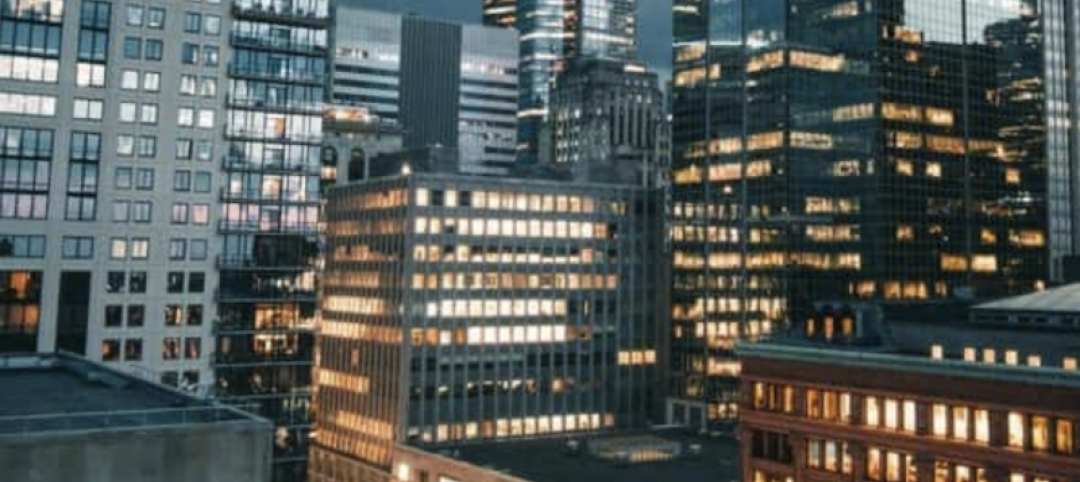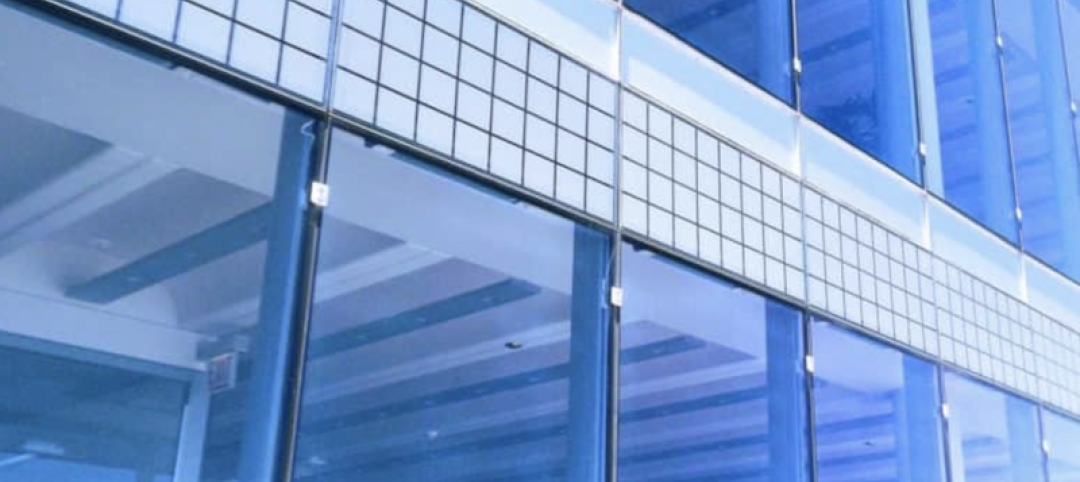Are multifamily property owners perpetuating an amenities arms race? A panel discussion at the recent Bisnow Multifamily Annual Conference made it seem so.
The discussion got intentionally silly when property managers rattled off the range of community amenities they have used or are testing to attract tenants. The list ranged from the basics: high speed internet access and covered parking, to today’s perceived innovations: dog washes, bike repair stations, board game rooms, and kettle balls. If you want to see real amenities that have gone over the edge, consider Curbed’s annual award for outrageous apartment amenities, including a chauffeured Volvo, complimentary picnic baskets, and two-lane bowling alleys.
The point was that it is increasingly difficult to figure out which apartment amenities will appeal to renters. Some building owners admit they are just copying one another and adapting someone else’s idea while hoping the amenity will still be in demand three years from now.
So how does a multifamily property developer or operator make a smart investment in amenities that will give the project long-term value?
The next generation of renters will have their own ideas of which amenities make an apartment community a home. Real estate operators that focus on why certain amenities like community space, dog runs, and exercise options are important to today’s renters will have an advantage. Successful developers will focus on the psychographics -the attitudes and aspirations– of their tenants rather than chasing the next instagrammable experience. And they will understand that smart design using sustainable and wellness principals will be key to keeping current tenants and attracting the next generation of apartment renters.
Millennials are moving out; Generation Z Is Moving In
The days of Millennials moving back into their parents’ basements are over – the economy rebound means that the Millennial generation is relocating into multifamily developments. And right behind the Millennial generation is Generation Z (or iGen). This group was born between 1996 and 2010, and they are more than 60 million strong. Generation Z is entering the workforce and moving into post-college housing. Generation Z has never known a world without personal technology and is wary of over-sharing their personal lives. They are oriented toward community, collaboration, and personal connections. Generation Z has a strong social justice and environmental ethic. And, since they have grown up in a world of economic and global turmoil, they find comfort in community, safety, and acceptance of individualism. They are informed shoppers and have use technology to research and compare before purchasing. They are highly entrepreneurial; many had their own jobs or side gigs while still in high school.
What do Millennials and Generation Z have in common? Community and Wellness are Key
Research shows that Generation Z focuses on community, safety in numbers, and individuality. These are key attributes that should be incorporated in to housing. How do multifamily developers appeal to a market segment that is more pragmatic than trendy? Any approach that merely copies instagrammable amenities will not work. Since technology is second nature to iGen, a thoughtful integration of technology, rather than splurging on the latest gadgets, is an important consideration in amenity design.
We suggest a back-to-the-basics approach to amenities that focuses on foundational design around sustainability and wellness concepts that are adaptable and futureproof. Here are three examples:
Natural lighting: Abundant natural light promotes community and safety. People gather in spaces with lots of natural light, and they feel safer in places that are well lit. Daylighting also provides a curated experience that connects people to natural circadian rhythms. Access to natural light provides cues on when it’s time for work and play, and when it is time for relaxation and sleep. So, community spaces that include daylight and the feeling of progression from morning to night will continue to be popular amenities. Circadian LED lighting is a smart alternative for spaces that don’t allow for natural light – residents will get many of the benefits of natural daylighting without constraining design.
Mindfulness: Integrating a celebration of place and culture is one aspect of wellness and mindfulness that appeals to the individualism of Generation Z. Mindfulness can be supported by experiences such as rotating art exhibits, community spaces for lecture and learning, and zones that adapt to the resident’s mood, be it quiet or vibrancy. Personal technology has a place here. For examples, integrated digital assistants, like today’s Alexa or Google Home or tomorrow’s augmented reality devices, can allow the resident to call up their own music, ambient sound or videos to share with a group or to personalize an individual experience.
Active Environments: The percentage of Generation Z members that have secured a driver’s license has dropped more than 20-percent over previous generations. Instead, they prefer public transportation, ride sharing, and human-powered transportation such as bikes, skateboards, and hoverboards. Rethinking the traditional parking garages and instead using the space to promote physical activity – walking to the store, using stairs instead of the elevator — is an area ripe for innovative space planning and cost savings.
See how 1213 Walnut eliminated their parking garage and added wellness spaces to attract the next generation of renters.
All in all, amenities that support health, wellbeing, and a sense of community will never go out of style. What is required today is a thoughtful approach as to why certain amenities are lasting and why others can be a passing fad.
More from Author
Paladino | Jan 10, 2022
The future of regenerative building is performance-based
Why measuring performance results is so critical, but also easier said than done.
Paladino | May 26, 2021
Injecting embodied carbon capability into the integrated design and construction process
Embodied carbon is defined as the carbon footprint of a material, and is expressed in metric tons of CO2e.
Paladino | May 12, 2021
Climate modeling for a resilient business and future
This post explores changes that developers and their teams need to make to their risk and resilience strategies by climate modeling for climate change.
Paladino | Apr 26, 2021
Building performance requirements are coming: Are you ready?
Building Performance Requirements are trending nationwide and are likely coming to a county near you.
Paladino | Feb 8, 2021
Six lessons learned from our first Fitwel Viral Response Module certification
The Fitwel Viral Response Module is one of several frameworks that real estate owners and operators can use to obtain third-party certification for their efforts ensuring their properties are ready for a safer and healthier return to work.
Paladino | Jan 14, 2021
Shift your energy to carbon
Now is the right and necessary time for the commercial real estate industry to shift its environmental strategy from just energy, a carbon contributor, to carbon itself.
Paladino | Nov 13, 2020
5 tips when designing for daylight
Daylight modeling is a tool to examine how daylight interacts with a building, and how that natural light behaves within interior spaces.
Paladino | Jul 16, 2020
COVID readiness: IWBI and USGBC seek to help businesses quantify risk
In an effort to address the risks of COVID-19 at the building scale, USGBC and IWBI have analyzed existing certification guidelines and drafted new, relevant content.
Paladino | Jun 5, 2020
3 strategies to improve the wellness of building systems and gain tenant trust
Three operational issues that must be prioritized for every building in order to achieve tenant trust are air quality/ventilation, relative humidity, and building commissioning.

















